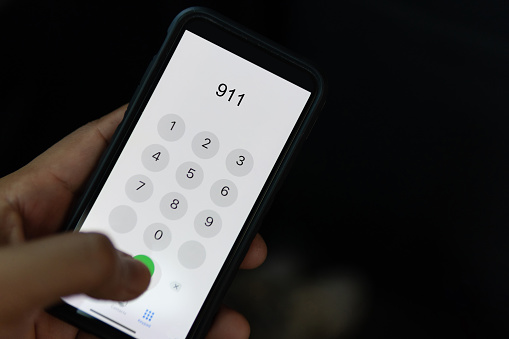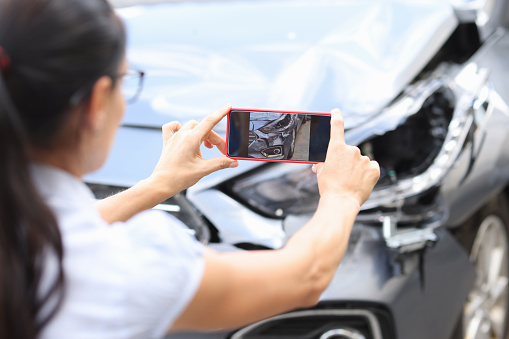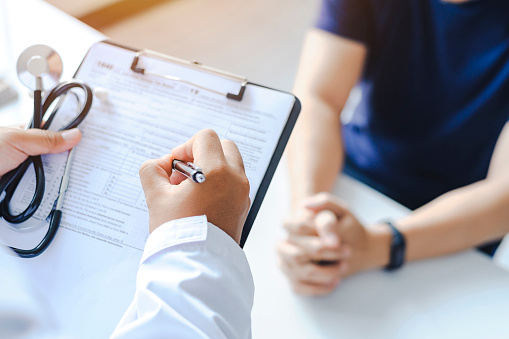1. Check the scene for injuries
Firstly, make sure you are OK and can find a safe way to exit your vehicle. If you have a serious injury or there is no safe way to exit your vehicle, skip to Step 3 and call 911 immediately. If you are able to exit your vehicle safely, check on others involved in the crash to make sure they’re OK. If you are unable to do so in a safe manner, move to safety and call 911.
2. Move to safety
Operating safely is the most important aspect of the post-crash time period. Don’t do anything post-crash that will put yourself or others in an unsafe situation. Move to the nearest sidewalk, or if on a highway or freeway, move as far away from the roadway as possible. The shoulder of a freeway is still extremely unsafe, so moving even further away from the road is ideal.
If in a crash in the middle of a freeway, don’t exit your vehicle-
If the situation around you is unsafe, such as in the middle of a busy freeway, do not exit your vehicle until the area around you is safe (cars have stopped, police have arrived, etc.). Your vehicle will act as your protection in case you get hit by another vehicle. Many people are struck and killed on highways and freeways every year after exiting their vehicles in unsafe situations.
3. Call 911
Always call 911, even if there aren’t serious injuries. Depending on which state you live in, you may be legally required to provide a statement to a law enforcement officer, and it will strengthen your case if the other party tries to claim you were at-fault. Lastly, it will make the process of working with your insurance company much smoother if you’re able to provide a statement you gave to law enforcement as a piece of evidence.
4. Exchange information
Make sure you exchange insurance and identification information with other parties involved in the crash. Do not leave the scene of a crash without having done this important step. Take photos of their insurance card and driver’s license, and allow them to do the same.
5. Take photos and write everything down
Operating in a safe manner, take photos of everything that is relevant to the crash. Damage to your vehicle and damage to other vehicles (close-up and further out), nearby street signs, intersections, the road where the crash occurred, the ground if it was wet or icy, the sky if there was a glare, anything relevant to the situation. Document everything you remember about the crash as soon as you can. You don’t want to forget anything about what you remember, so get it all in writing.
6. Witnesses
Look for witnesses who either saw or stayed at the scene who would be willing to confirm the events. Ask them for their contact so the insurance company can reach out to them.
7. Call your insurance company
Call your insurance company as soon as possible in order to start the process to get you what you need as soon as possible. Basin Pacific will be glad to help you out with filing a claim in this time of need.
8. Go to a doctor immediately
Do not wait to see a doctor. Go as soon as you can after a crash. Your injuries, however minor or non-existent you may think they are, need to be examined and documented by a doctor. This is especially important when you demand reimbursement from an at-fault driver’s insurance company. Everything needs to be documented and examined by medical professionals in order for your demand to carry weight in the eyes of the insurance company.
Added Tip-
Do not sign anything and do not admit to anything at a crash scene. You are under no obligation to do either of these things, and signing something at the scene can only hurt you. There is no positive to signing something at the scene, only negatives.
Should you have any questions regarding your current coverage or want further information on these points, Basin Pacific Insurance is here for you. Contact us today at [email protected] and your agent will be in touch shortly.






Leave a Reply
You must be logged in to post a comment.